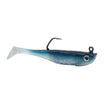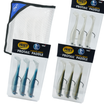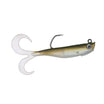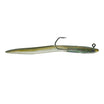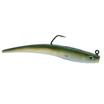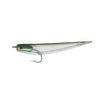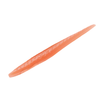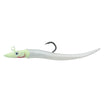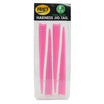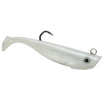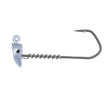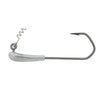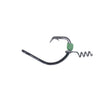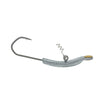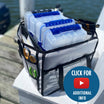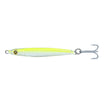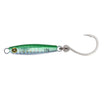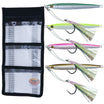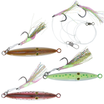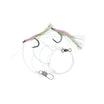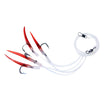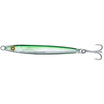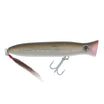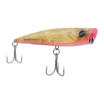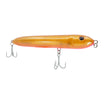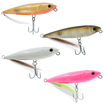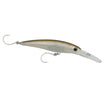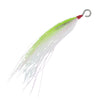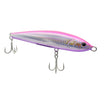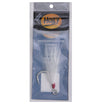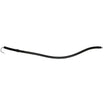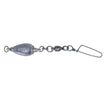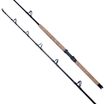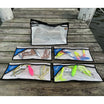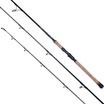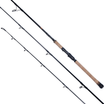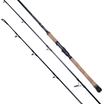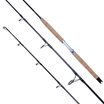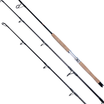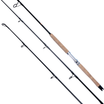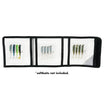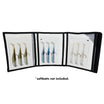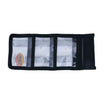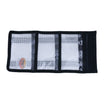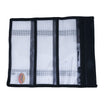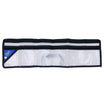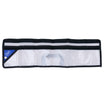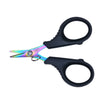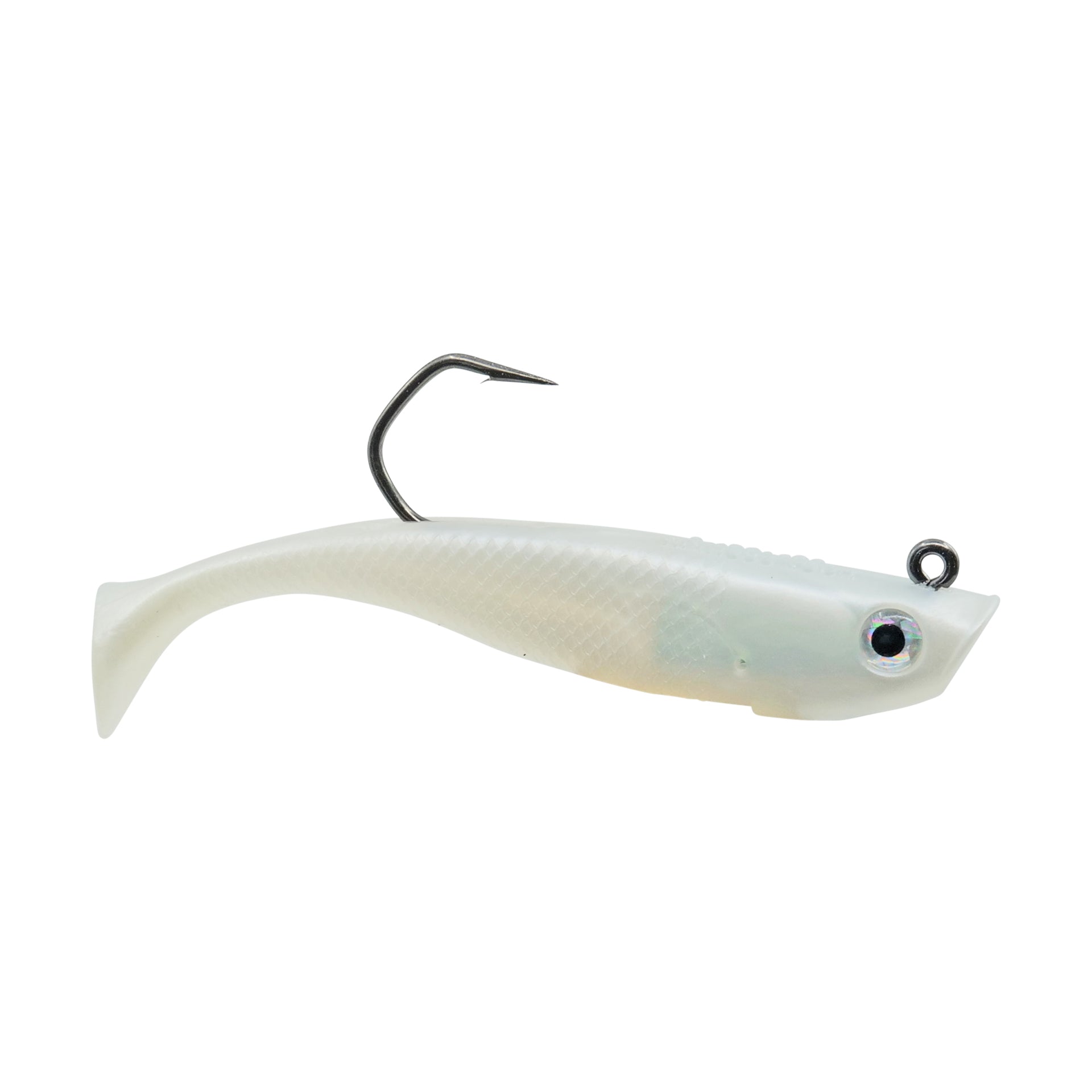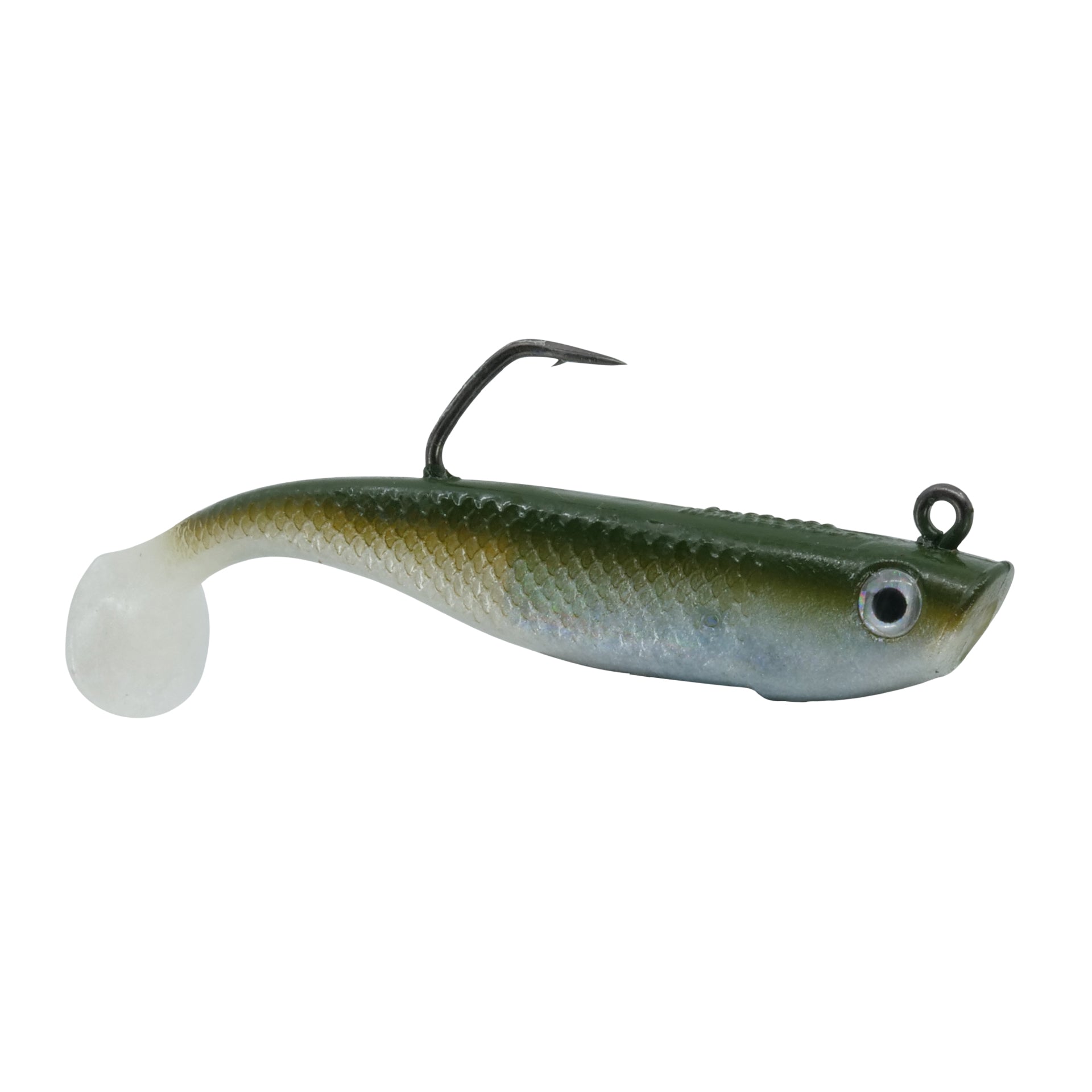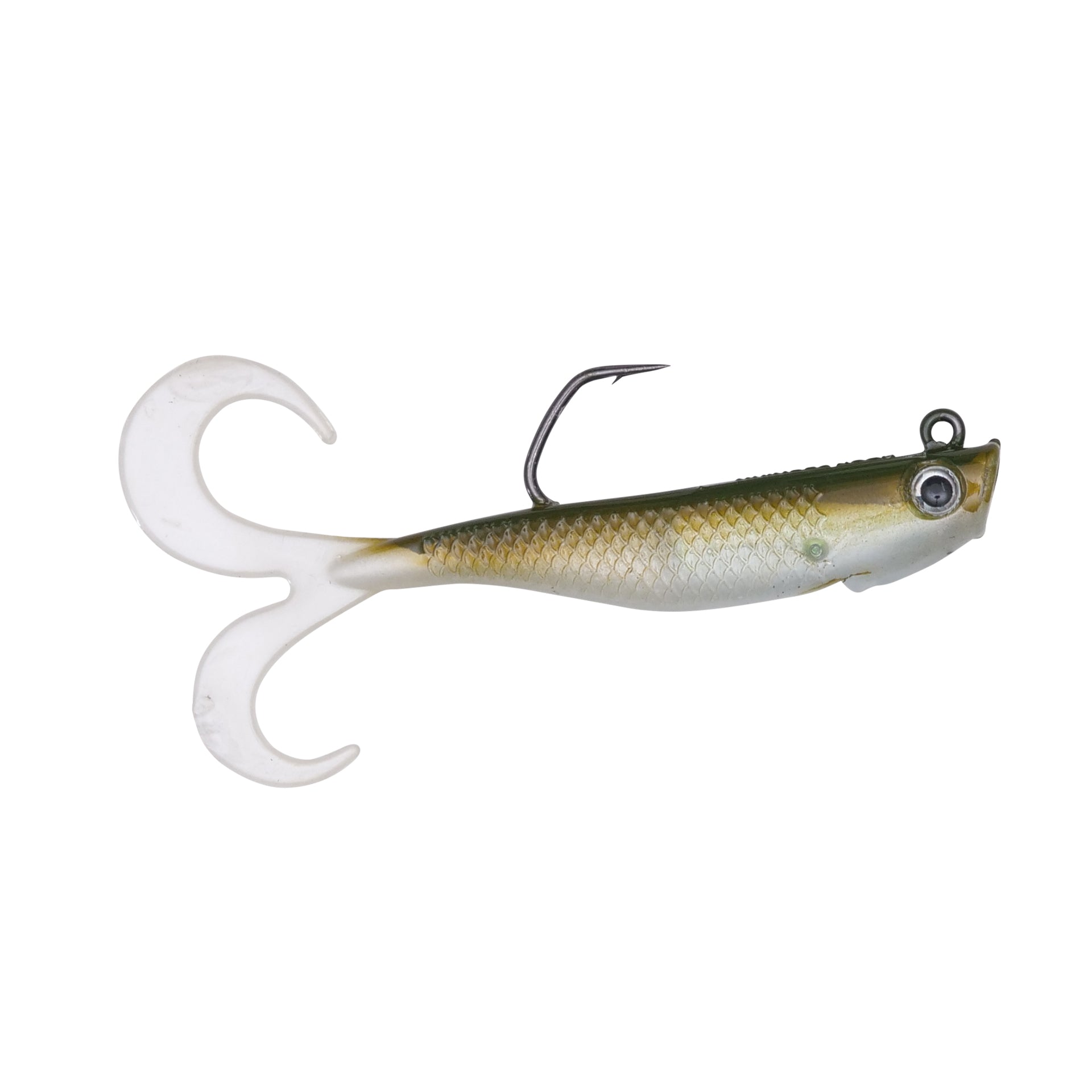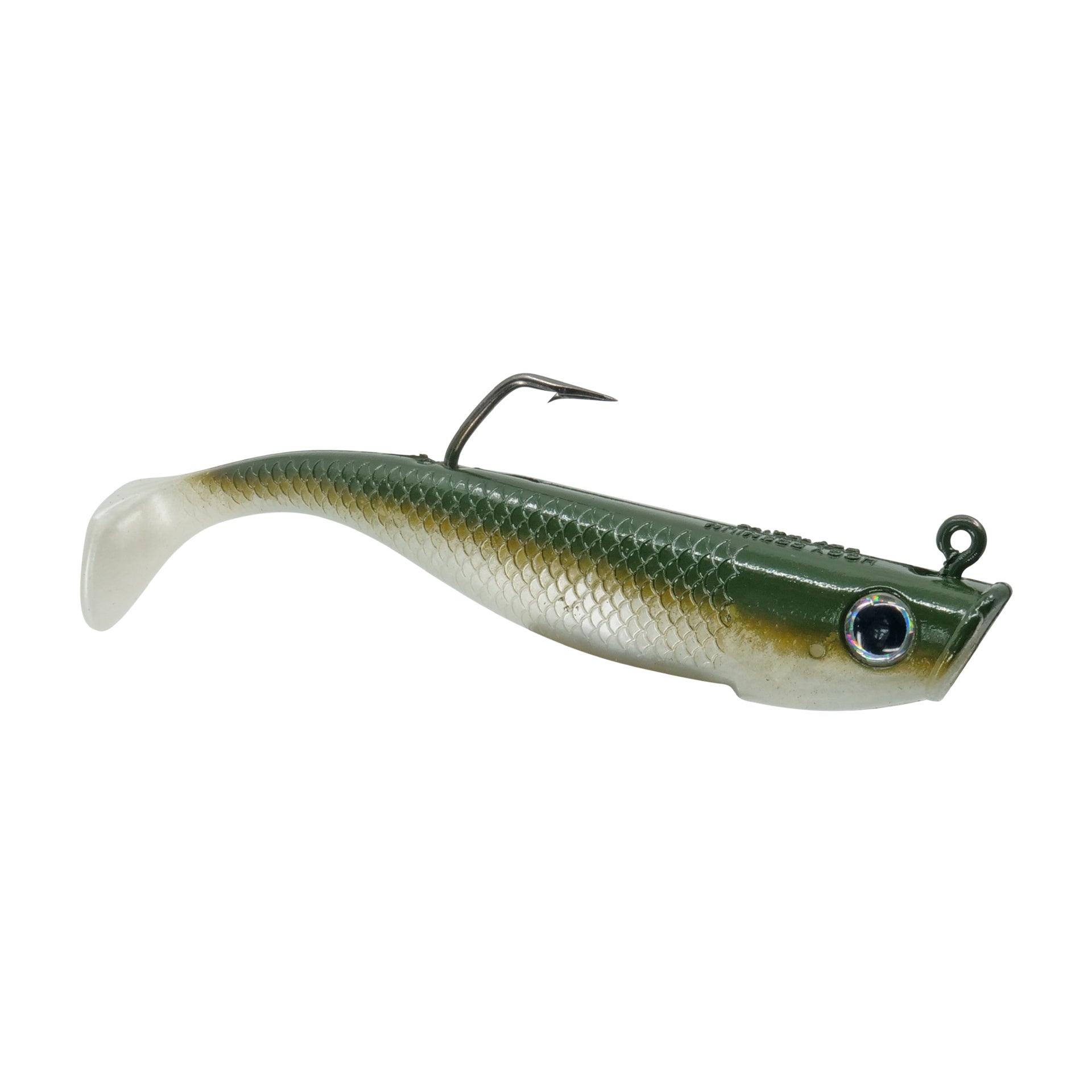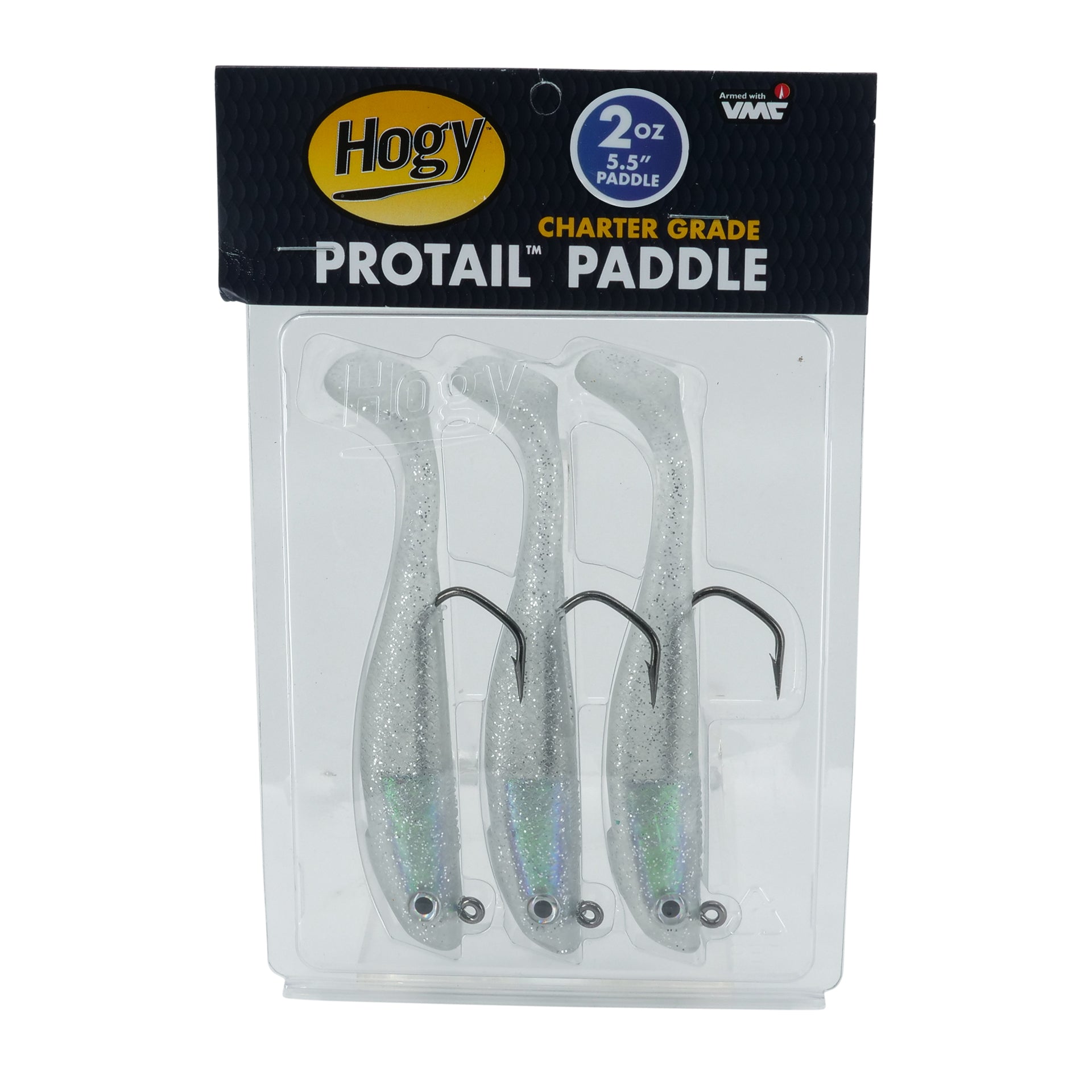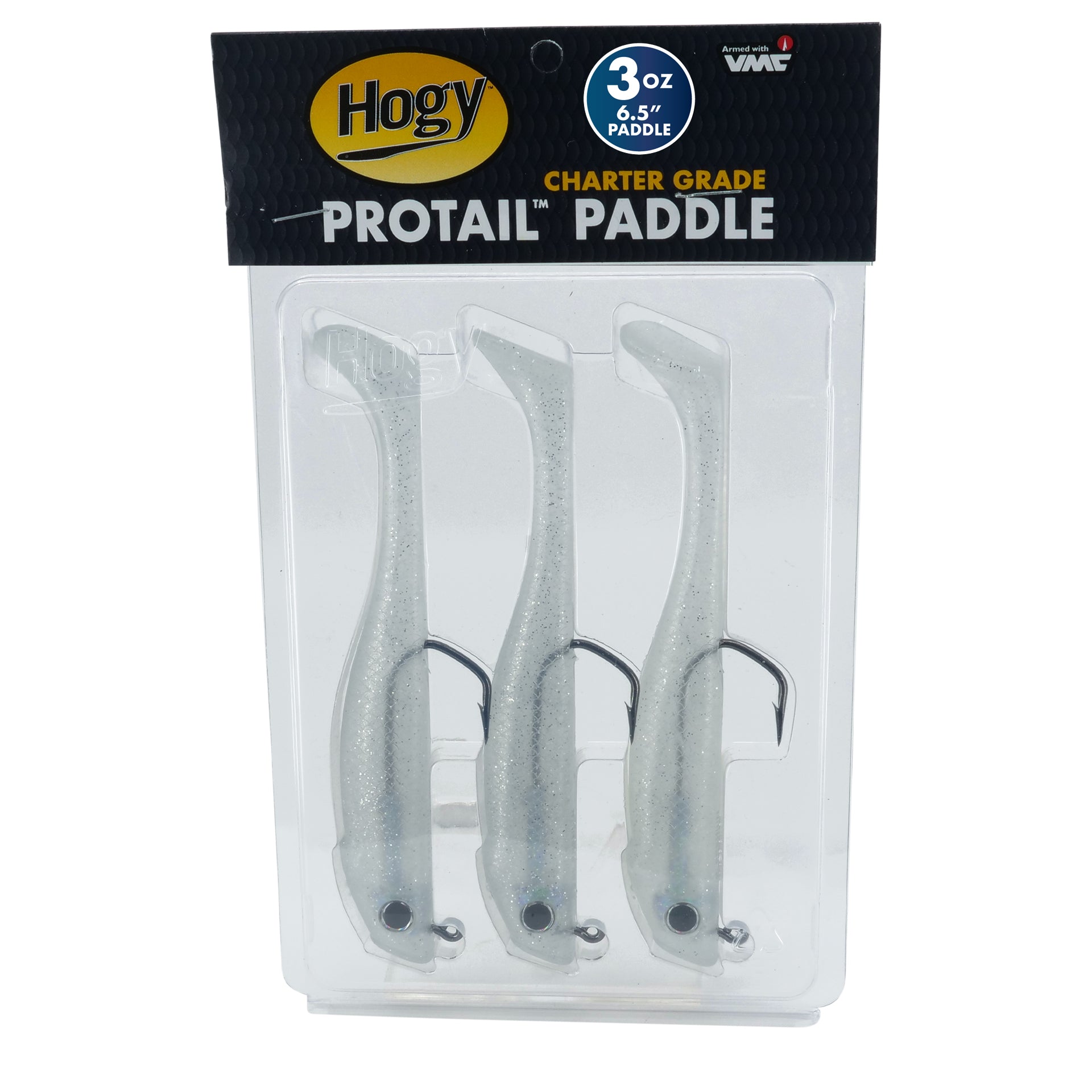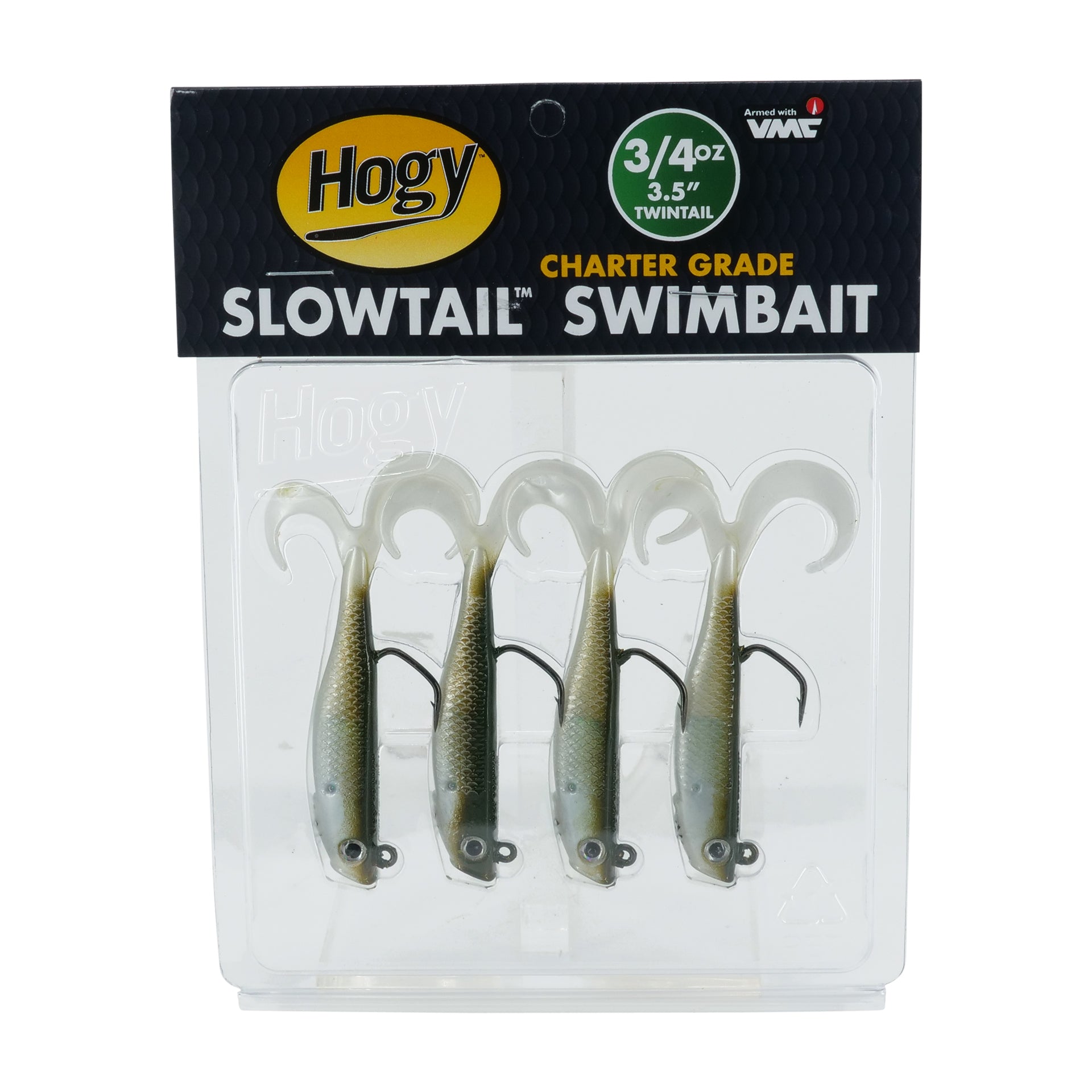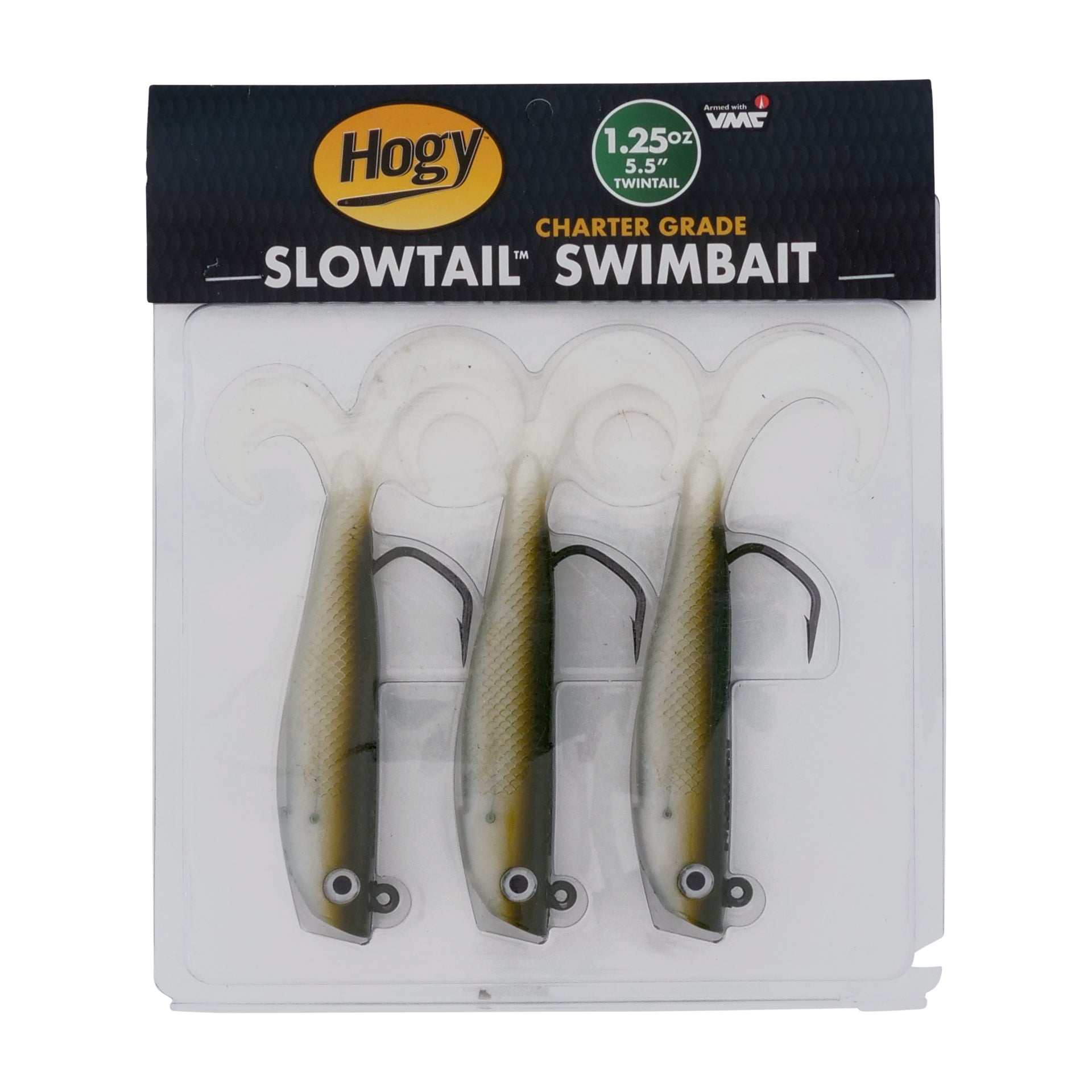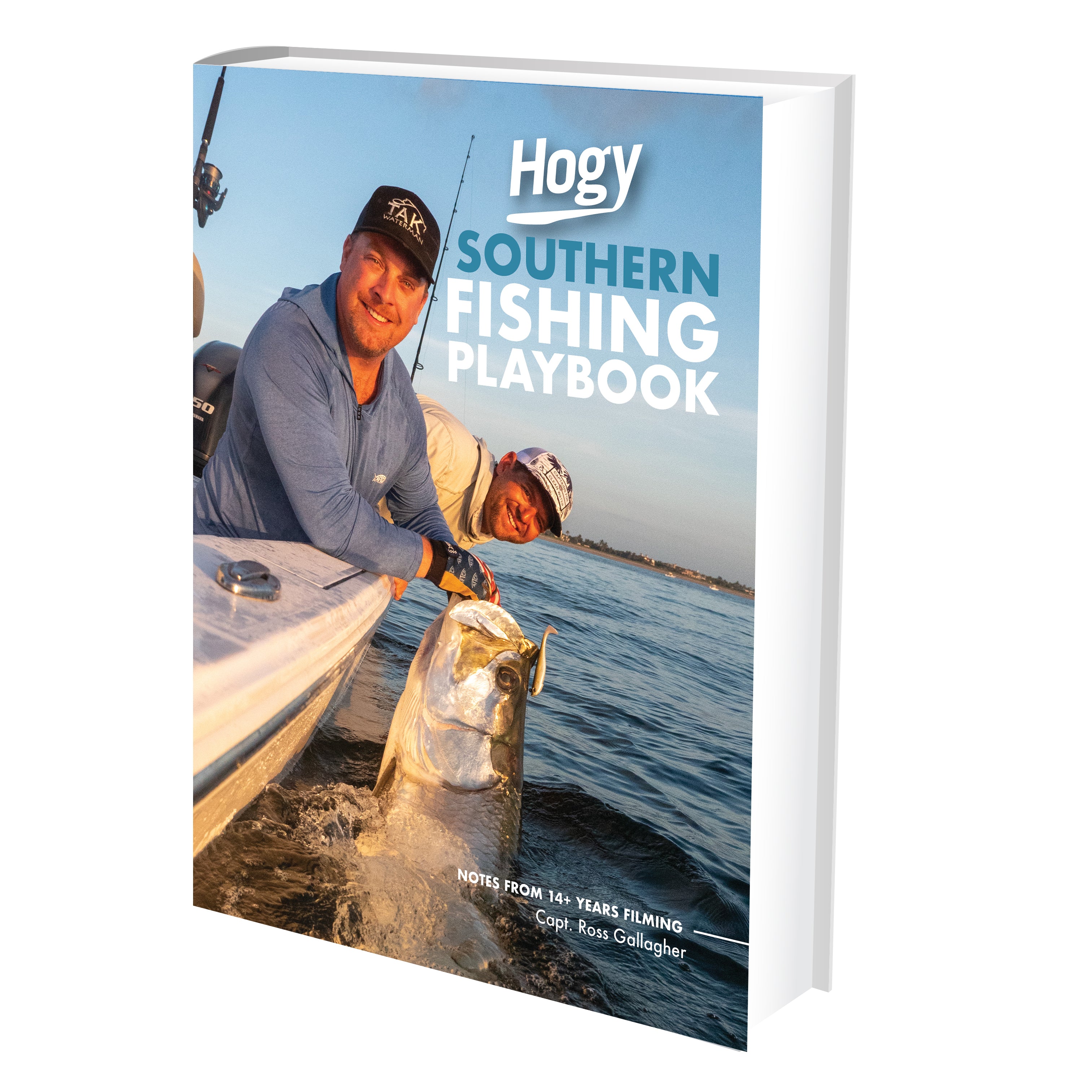Tarpon Fishing The Mullet Run
One of Florida’s most iconic bait migrations. The mullet run begins in early fall once the summer’s heat just begins to break. The sheer volume of forage that collects along the beach is astounding in itself. Miles and miles and millions of mullet tightly school together, making their best effort to move south toward the Florida Keys before the onset of winter. Along this journey, countless predators do their best to diminish their numbers. Tarpon are a key predator species during this migration, with sharks, jacks, mackerel, snook and redfish all taking their fair share as well. The mullet run, like the minnow run, offers shore anglers excellent opportunities for targeting trophy grade fish right from the surf. Mullet will often hang right inside the first break on the beach, well within casting distance of anglers using heavy surf casting outfits, making it an ideal opportunity to use large Hogy Pro Tail Paddle Swim Baits, Charter Grade Plugs and unweighted Original Series Topwaters.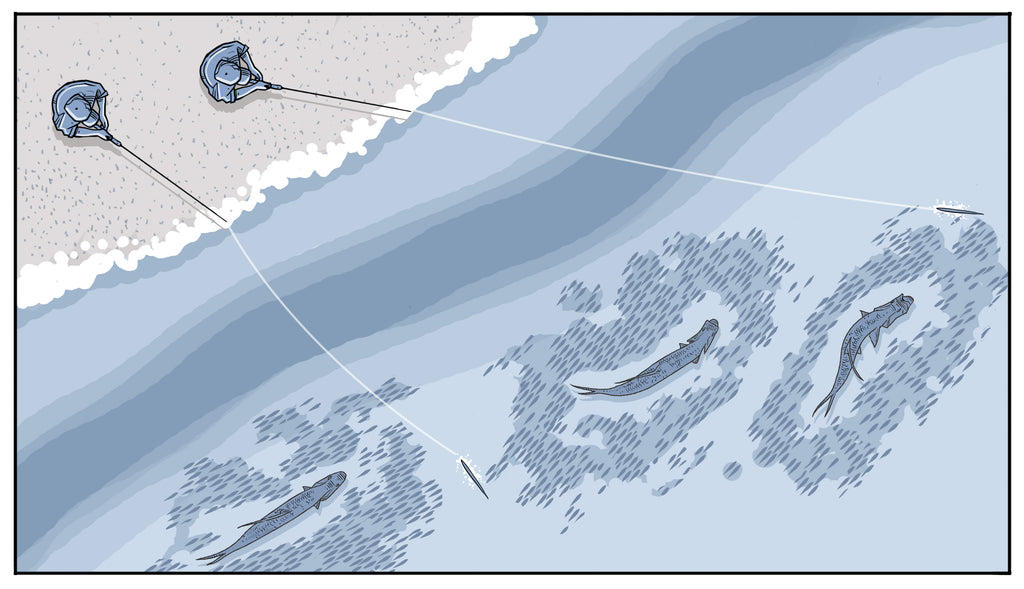
Timing: The mullet run begins up in the Carolinas and as it moves southward toward Florida, picks up any lingering tarpon along the way. Timing the run really depends on the first couple cool fronts to hit the coast, but generally it begins in mid to late September and peaks in October. It may go into early November depending on any tropical storm activity that breaks up the party.
Method: There will often be two different sizes of mullet, generally sticking together with other fish of the same size. Finger mullet, ranging from three to five inches are most common along the coastal inlets and back bays near ocean access. These smaller profile baitfish are best imitated with the 4.25-inch and 5.5-inch Pro Tail Paddles and 5-inch Charter Grade Silders. Silver and black silver are excellent for imitating mullet and work very well both day and night.
The larger size mullet will generally be eight to twelve inches long and generally have the largest predators following them. Large sharks, massive jack crevalle and bull redfish often join alongside tarpon feeding on these larger mullet. When fishing around these larger baits, I’ll go to the 6.5-inch Pro Tail Paddle in 2oz or 3oz. Also, the larger 9-inch HDUV Jigging Eels paired on 2oz Barbarian Jig Heads offer a large profile that gets noticed from a distance. Early light offers a great opportunity to deploy large top water plugs like the Charter Grade Dog Walker and Popper.
Locating Productive Schools: Unfortunately, not every mullet school on the beach is going to offer epic fishing. A good portion of the mullet will be unmolested and will slowly be meandering southward down the beach. I’ll generally cruise along the beach, keeping a keen eye on each school for nervous activity. Tarpon will often make their presence known by free jumping, tail slapping or rolling sideways through the school. My best advice is to continue cruising the mullet schools until you find one that’s got some good activity on it.
Technique: You’ll want to utilized both tarpon spinning outfits during the mullet run. When throwing smaller profile baits like the 4.25-inch and 5.5-inch Pro Tail Paddles, the lightweight outfit offers great castablity and comfort for a full day of fishing. This is a well-balanced outfit for targeting the smaller tarpon that feed on the smaller mullet along sea walls, inside inlets and back bays.
Once I head oceanside for the adult tarpon, I’ll generally use my heavier outfit as tarpon during the mullet run generally run 70lb to 120lb and this outfit is perfect for putting the heat on them for a quick fight and healthy release.
Similar to the minnow run, you’ll find the best success making your presentations along the outside edges of the mullet school and targeting smaller groups in individual fish away from the main mullet run. Singling out fish with accurate casts and blind casting along the outside edges of the school are the most productive methods for getting hooked up. You’ll want to bump up to 60lb or 80lb fluorocarbon when fishing the mullet run, as abrasion from rubbing against other feeding fish is common and can quickly wear down light leaders.
As with most tarpon retrieves, a slow to medium, steady speed retrieve often produces the best action. Pause occasionally to allow the bait to sink a few feet, but avoid highly erratic jerking of the lure, which can spook the fish.

